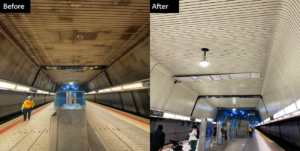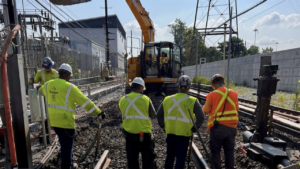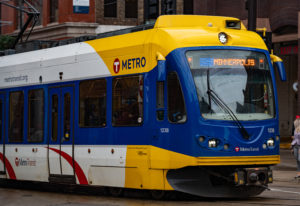CTA taps TIFIA loan for 95th Street Bus and Rail Project
Written by Jenifer Nunez, assistant editorThe Chicago Transit Authority (CTA) has received a $79 million U.S. Department of Transportation (USDOT) Transportation Infrastructure Finance Innovation Act (TIFIA) loan for the 95th Street Bus and Rail project.
U.S. Transportation Secretary Anthony Foxx said, “This loan is an important investment in the people and future of Chicago.”
The project will rehabilitate the current 95th Street Bus and Rail Terminal, which dates from 1969, with an expanded modern facility. Currently, CTA said it is moving the environmental review process forward on a plan to extend the Red Line past the terminal. The 9.4-mile Dan Ryan Branch of the CTA Red Line ends at the 95th Street Terminal.
As part of the CTA 2013-2017 Capital Improvement Plan, the Dan Ryan Branch is being fully reconstructed. Improvements to the terminal will mean better bus and rail connections and reduced travel congestion and delays. The project will enable CTA riders connecting to and from rail services to access multiple transportation options, including bus service, bike-and-ride and car sharing. Planned improvements will include increased lighting and security cameras, wider walkways, a pedestrian bridge to reduce potential collisions, full wheel-chair accessibility, improved bus maneuverability and other design amenities.
“This important investment will help replace a terminal built in 1969 with one that will better serve Chicago families and businesses well into the future,” said Sylvia Garcia, chief financial officer and assistant secretary for budget and programs.
The construction site, which is over the median of the Dan Ryan Expressway, will require CTA to purchase a 2.3-acre parcel adjacent to the current terminal in order to serve as a staging area during reconstruction. Following completion of the construction, CTA may convert the stating area to a park-and-ride facility.
The loan will go toward the $240-million total cost of the project. The project also received a $20 million Transportation Investment Generating Economic Recovery (TIGER) grant in 2012 from the USDOT.





